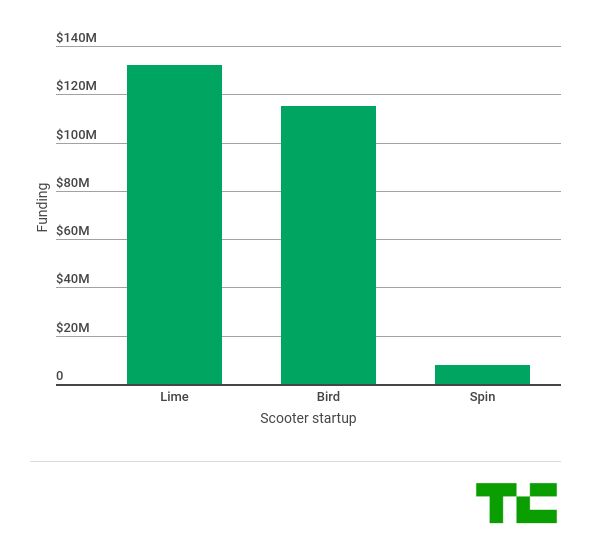Tri Tran is a principal at
Applico and the former chief executive and co-founder of
Munchery.
Investors may have already placed their orders in the consumer food delivery space, but there’s still a missing recipe for solving the over $250 billion business-to-business foodservice distribution problem that’s begging for venture firms to put more cooks in the kitchen.
Stock prices for Sysco and US Foods, the two largest food distributors, are up by over 20% since last summer when Amazon bought Whole Foods. But, these companies haven’t made any material changes to their business model to counteract the threat of Amazon. I know a thing or two about the food services industry and the need for a B2B marketplace in an industry ripe with all of our favorite buzz words: fragmentation, last mile logistics and a lack of pricing transparency.
The business-to-business food problem
Consumers have it good. Services such as Amazon and Instacart are pushing for our business and attention and thus making it great for the end users. By comparison, food and ingredient delivery for businesses is vastly underserved. The business of foodservice distribution hasn’t gotten nearly as much attention – or capital – as consumer delivery, and the industry is further behind when it comes to serving customers. Food-preparation facilities often face a number of difficulties getting the ingredients to cook the food we all enjoy.
Who are these food-preparation facilities? They range from your local restaurants, hotels, school and business cafeterias, catering companies, and many other facilities that supply to grocery markets, food trucks and so on. This market is gigantic. Ignoring all other facilities, just U.S. restaurants alone earn about $800 billion in annual sales. That’s based on research by the National Restaurant Association (the “other NRA”). Specific to foodservice distribution in the U.S., the estimated 2016 annual sales were a sizable $280 billion.

How it works today
Every one of these food-preparation facilities relies on a number of relationships with distributors (and sometimes, but rarely, directly from farms) to get their necessary ingredients. Some major national players including Sysco and US Foods mainly supply “dry goods.” For fresh meats, seafood and produce plus other artisanal goods, these facilities rely on a large number of local wholesale distributors. A few examples of wholesalers and distributors near where I live in the San Francisco Bay Area are ABS Seafood, Golden Gate Meat Company, Green Leaf, Hodo Soy and VegiWorks.
Keep in mind that the vast majority of these food-prep businesses don’t shop for ingredients the way you and I may shop for ingredients from our local supermarkets or farmer markets. There’s too little margin in food and doing so would be too costly, as well as highly inefficient (e.g., having to pay to send staff out “grocery shopping”). A few small operators do buy ingredients from wholesale chains such as Costco or Restaurant Depot. But in general, it’s way more efficient to place an order with a distributor and get the goods delivered directly to your food-prep facility.
But that’s where the problems lie. These distributors are completely fragmented, and the quality of fresh ingredients varies meaningfully from one distributor to the next. Prices fluctuate constantly, typically on a weekly basis. What’s worse is delivery timeliness, or rather the lack thereof. These distributors each employs their own delivery staff and refrigerated trucks. There is a limited number of 6 am deliveries they can make for a given delivery fleet.
As a food business operator, you may be ordering quality ingredients at the right price, but if the delivery doesn’t show up on time, you’re outta luck. You won’t be able to prepare the food in time, all the while paying for staff who are sitting around and waiting for ingredients to arrive.
As a result, you keep getting seemingly random offline pitches with promotions and price breaks from these distributors. But there’s no way to ensure timely delivery. Everybody makes verbal promises and it’s all based on who you know. Things may work for a week or two until you get “deprioritized” by one of the distributors and you have to start the process of finding the next one.
You intentionally rotate among the different distributors, just to keep them “on their toes.”

The opportunity for a food distribution platform
What’s missing is a platform that hosts a catalog of products from these distributors, with updatable availability, pricing and inventory. On it, food businesses could browse for products and place orders. Fulfillment can be done by the distributors at the beginning, but ultimately that operation may need to be done by the platform to maintain consistent quality of service. Reliable fulfillment may end up being the biggest differentiator for such a platform.
I’m aware of startups that have tried to become the dominant B2B platform for food service distribution. But it takes meaningful resources to get to critical mass and these startups tend to flame out before reaching that point. It’s not necessarily their fault for not being effective.
This industry has low margins, is slow to adopt new technologies and has many incumbent players. But the opportunity to design and execute on this platform is significant, with clear ROI as a reward and a built-in moat once it reaches critical mass.
Food-prep businesses are hungry for a better solution. And as any food entrepreneur knows, hungry customers are the best kind.

Source: Tech Crunch





